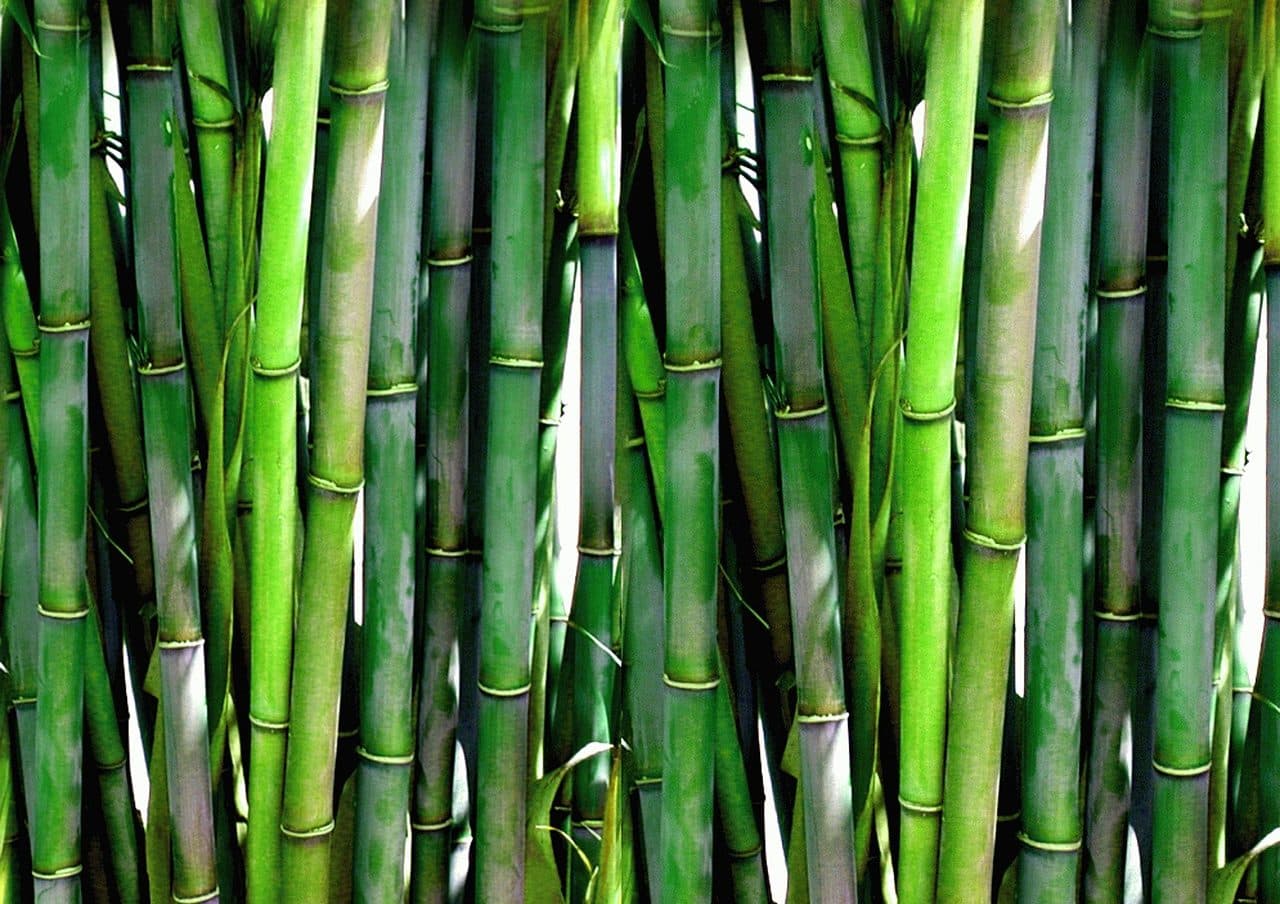
A plant tissue is a group of cells in a plant.
A plant tissue is a group of cells in plants. These tissues arise from the division of the cells that make up the embryo of a seed . Certain cells, in this way, acquire an important specialization that allows them to develop different functions.
It should be noted that fabric is a concept with several uses. It can be a material, a fabric or something that is formed by interlacing different components. In the field of zoology , botany and anatomy , on the other hand, a tissue is a set of cells that, through a certain order and certain characteristics, act together to fulfill a function.
Vegetable , for its part, is that linked to plants: a living being that is born, grows, develops and dies but that, unlike animals (including humans), cannot move of its own will.
Types of plant tissues
It is possible to differentiate between meristematic plant tissues and adult plant tissues . Meristematic plant tissues divide through mitosis throughout the life of the specimen, giving rise to adult plant tissues.
Going deeper into these concepts, we can say that merismatic cellular tissues (also called embryonic ) are formed by cells capable of dividing, characterized by their small dimensions, their limited specialization , the thinness of their walls, and by having large nuclei and small vacuoles. (This is the name given to the cytoplasmic cavities inside a cell).

There are different types of plant tissues.
Primary and secondary
Merismatic plant tissues, in turn, are divided into two types: primary and secondary . The primary ones are responsible for the development of the embryo in the seed and the physical expansion of the plant along its length, that is, its longitudinal growth. They are found in the buds of the stem and in the root, both at the ends (parts of plants that are called apical and can be the tip of an organ such as a leaf) and in the axillary areas, from where branches and leaves will emerge. in the future.
Secondary merismatic plant tissues, for their part, consist of cells from other, adult cells, which recover the ability to reproduce for a limited time and are responsible for the thickening of the plant and the formation of new conductive vessels.
Secondly, we have adult plant tissues, also known as definitive or permanent , whose cells no longer have the ability to divide. However, it has been observed that they sometimes recover this function temporarily, as indicated in the previous paragraph; This occurs due to the action of fire or mechanical aggression. The definitive tissue can appear in several types, which join together to form systems and are found in many parts of the plant.
Among these adult tissues, in turn, it is possible to differentiate the primary tissues (in charge of the vital functions of the plant) and the secondary tissues (typical of woody plants, they are responsible for protecting the organism ).
Examples of plant tissues
Some of the plant tissues are listed below:
- Epidermis : it is the outermost layer of young plants, and covers their entire surface when they have a primary structure. It is also known as epidermal tissue and provides plants with protection against external factors, in addition to collaborating with the maintenance of their structure.
- Collenchyma : it is part of the group of supporting tissues of herbaceous and young plants. Its action contributes to the flexibility of the petioles, leaves and stems .
- Xylem : carries water and mineral nutrients through a route that begins at the root and reaches the various organs.
- Parenchyma : Found in most plants and forms a continuous tone. It is used for the reservation and transfer of items.
